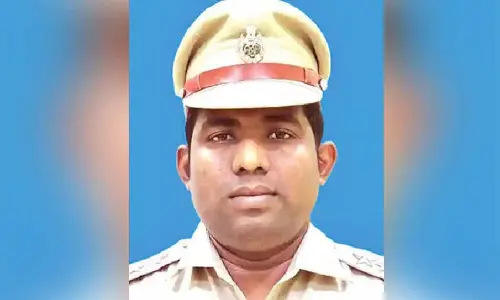The role of immunization in preventing childhood diseases

Giving your child vaccines when they’re young can feel scary for new parents.
Giving your child vaccines when they’re young can feel scary for new parents. In India, the recommended vaccine schedules are usually provided by the Ministry of Health and Family Welfare. The National Immunization Schedule in India includes vaccines for various diseases and is periodically updated based on prevailing health conditions and scientific advancements. It covers vaccines for diseases like tuberculosis, polio, hepatitis B, diphtheria, pertussis (whooping cough), tetanus, rotavirus, measles, rubella, Japanese encephalitis, pneumococcal diseases, and more. The specific vaccine schedule and the diseases covered may vary for different regions within the country, and they might also be periodically updated based on new research or changes in disease prevalence.Vaccines are like super shields for your child against serious illnesses like polio, tetanus, and diphtheria. But their power doesn’t stop there. They also do something amazing – they stop these diseases from spreading to other kids, or if a kid does catch one of these illnesses, the vaccine makes it much less dangerous.
How do these superhero vaccines work?
Well, they’re made from parts of the germs, generally the outer cell wall made of proteins, that cause these illnesses. These germ parts in the vaccines are weakened or not active at all. When kids get these superhero vaccines their immune system learns to fight these germs by creating special defenders called antibodies. These defenders stay in the body and protect kids from getting sick whenever their body is infected by the real germs anytime in their life. Now, some people have talked about vaccines and whether they’re completely safe. Big scientists who have studied these things haven’t found any solid proof that vaccines cause serious harm. Sure, sometimes a kid might have a little reaction to a vaccine, like a sore arm or a mild fever or fatigue. But here’s the important part: the good things that vaccines do for kids – protecting them from serious illnesses – are much, much bigger than any possible small side effects they might have. So, these superhero vaccines are heroes in keeping kids safe and healthy! Immunization is like giving kids a superpower against sickness. Immunization acts as a crucial shield that safeguards children from a range of illnesses and diseases. It works by introducing weakened parts of bad germs into the body through shots. These shots act like teachers, training the body’s super defense system to fight off these bad germs. Even though the shots don’t make kids sick, they help kids build up protection. This means kids won’t get sick if they ever come across real germs. So, diseases like measles, polio, and whooping cough become much less scary! But it’s not just about keeping one kid healthy; it’s about looking out for everyone. When lots of kids get these shots, they make a big force field that stops sickness from spreading. Its exemplary example is the small pox vaccine that has helped to eradicate the disease from India. It’s like when a lot of people get their shots, they help protect others who might get sick, like babies or those with weaker defenses. These shots have been a real game-changer! They’ve made diseases much less common. One such initiative by Government of India is the pulse polio vaccination drive, wherein the all children under the age of 5 are given polio vaccines on periodical basis irrespective of their previous vaccination. The move is to completely eradicate polio disease from India.
Few vaccines like Hepatitis B and C are given even to adults periodically, specially to healthcare workers, to prevent them from contracting any serious illness if exposed to the virus.
Vaccines for yellow fever and malaria are given to every individual travelling out of India to some specific countries.
Some illnesses, like the flu, have gone down by 17%, while others, such as diphtheria, Haemophilus influenzae type b, measles, mumps, polio, and rubella, have almost disappeared! That’s a huge win for staying healthy and keeping communities safe. Routine immunization has effectively decreased the occurrence of all specified diseases, resulting in a range of reductions in incidence from 17% (influenza) to 100% (diphtheria, Haemophilus influenzae type b, measles, mumps, polio, and rubella). In short, these shots are like a shield for kids, helping them stay strong against sickness. They don’t just protect one person; they make sure everyone can stay healthy. With these shots, we’re all working together toward a healthier world, one successful shot at a time.
(The writer is a President College of Physicians & Surgeons of Mumbai (CPS), MNAMS, DNB (Paed), FCPS (Child Health), DCH)














